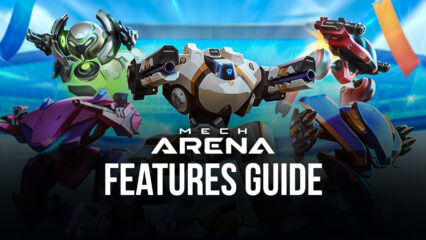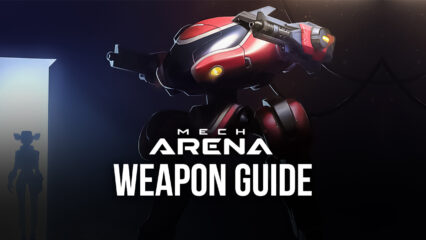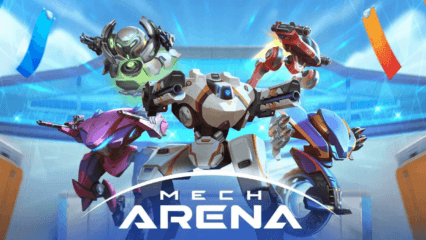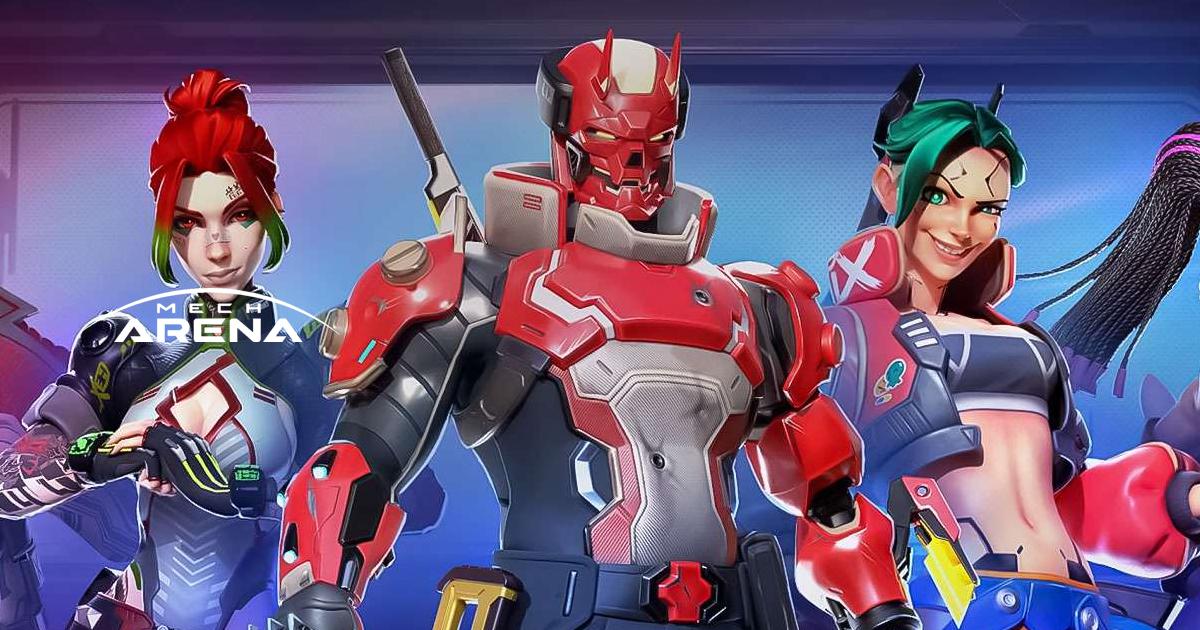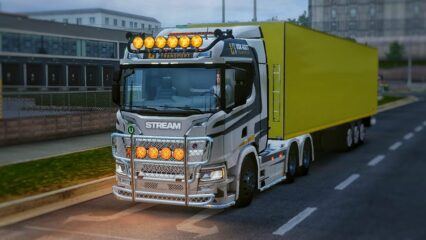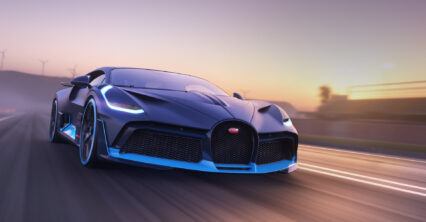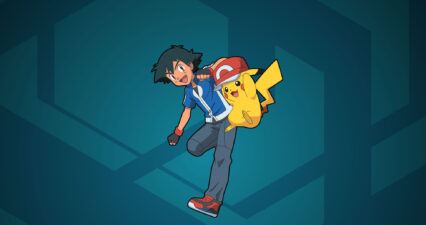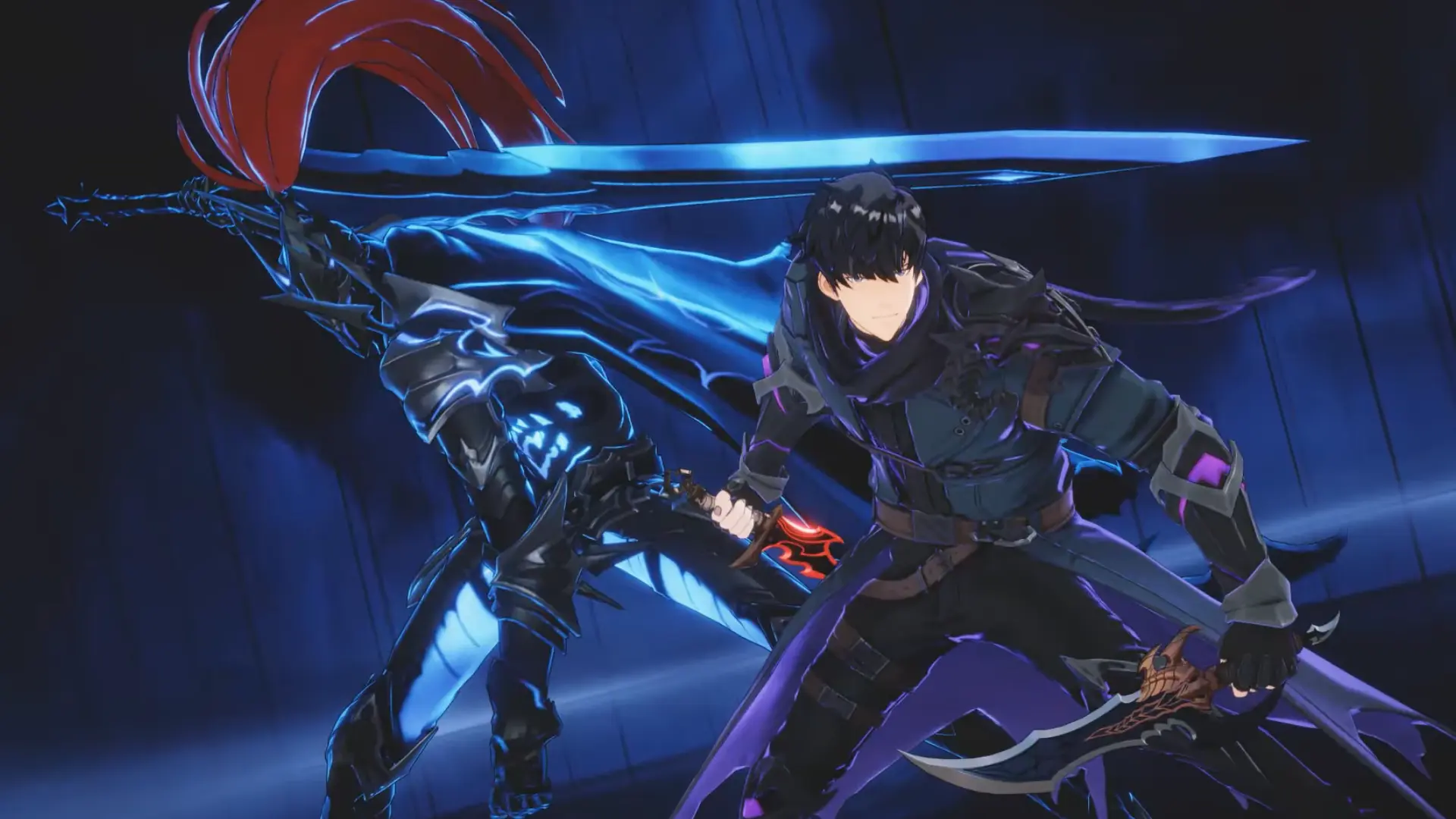Mech Arena – Hangar Building Guide
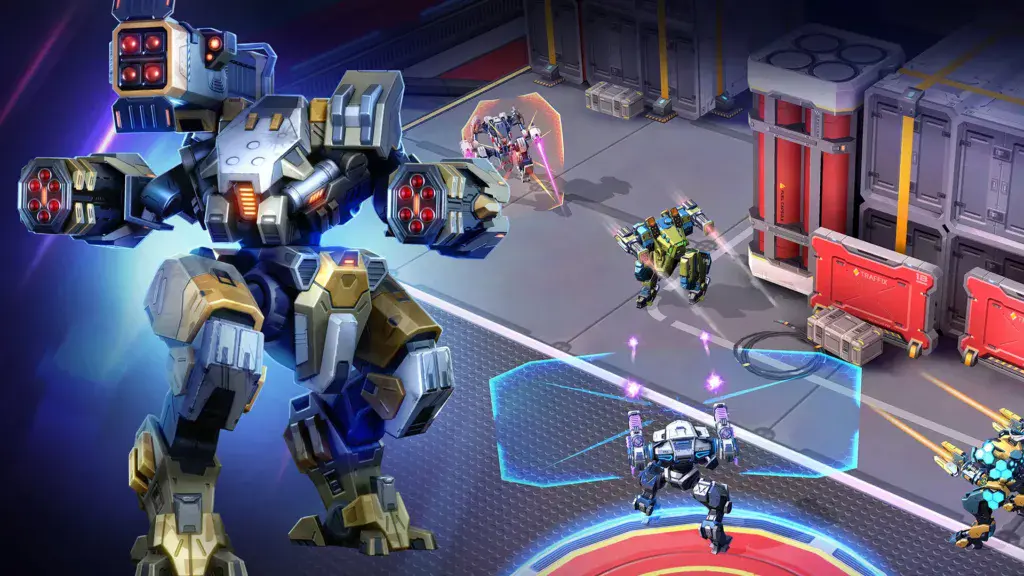
Success in Mech Arena is not just about upgrading powerful mechs or unlocking legendary weapons. At the heart of every player’s progress is the hangar, the collection of five mechs and their weapons that you bring into battle. Knowing what a hangar is, how it works, and how to build one effectively is what separates casual players from competitive ones.
What is a Hangar?
A hangar is your active lineup of mechs and weapons. Whenever you enter a match, the hangar determines the five mechs you can deploy one after another. Once a mech is destroyed, you bring out the next until your hangar is empty. Because of this, the hangar represents more than just individual strength — it reflects your overall strategy.
If your hangar is filled with only long-range mechs, you may struggle to capture beacons in Control Point Clash. If it contains only aggressive pushers, you might lack sustained damage or survivability. In other words, a hangar is not just a collection of your strongest units; it is your battle plan.
Why is the Hangar Important?
The hangar decides how you perform across all game modes. In CPC, it dictates how quickly you can capture and defend beacons. In Team Deathmatch, it affects how consistently you can deliver damage. In Free-for-All, it determines how long you can survive and how efficiently you can rack up eliminations.
Competitive tournaments make this even more critical. High-level players design their hangars to cover every possible situation: capturing points, holding ground, eliminating key threats, and applying pressure over time. Without the right balance, even the most upgraded mech can lose its value.
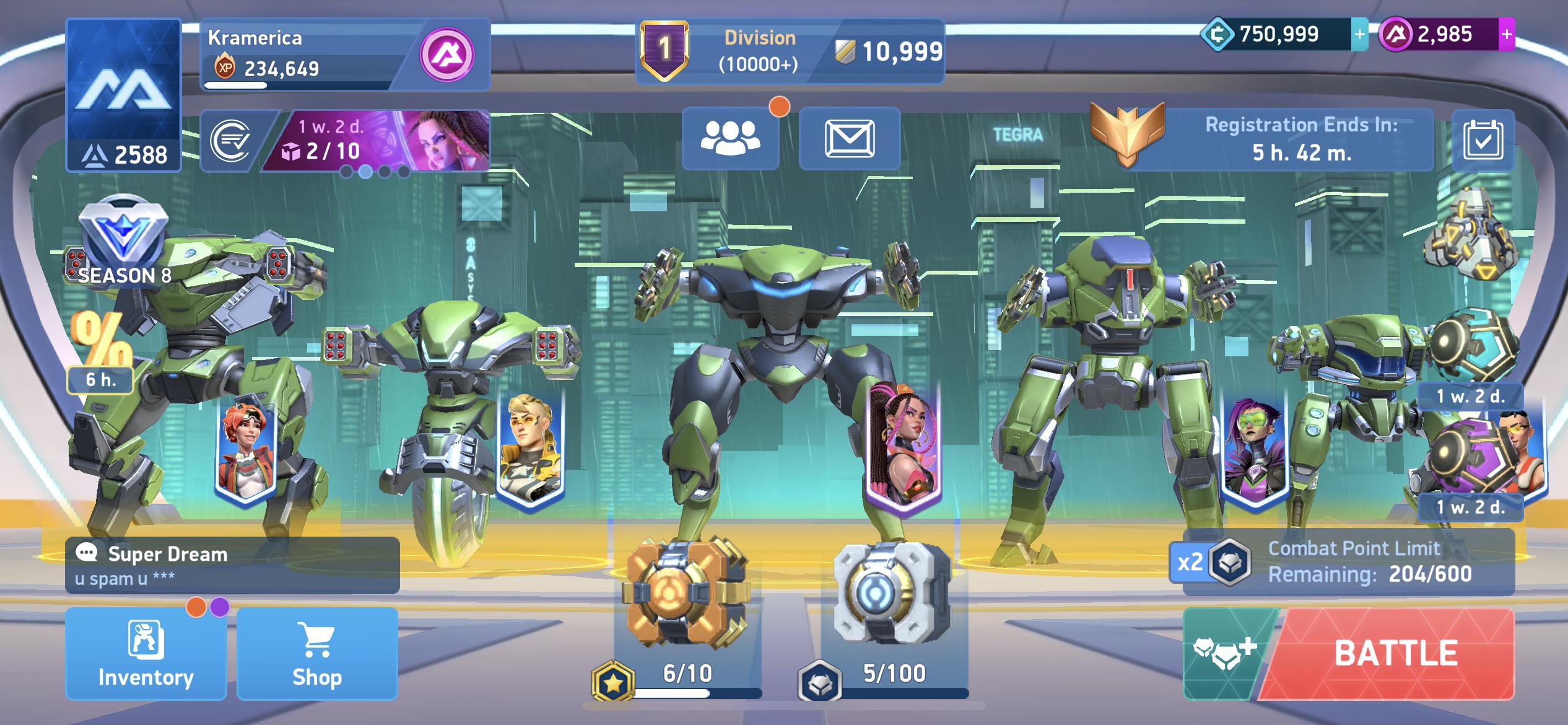
The Six Roles in Hangar Building
Every mech and weapon combination in Mech Arena serves a role. Understanding these roles is the first step to building a strong hangar.
Pushers
Pushers are aggressive mechs that seize control of the battlefield by capturing beacons and forcing engagements. They usually rely on mobility and burst damage. Surge with Revokers or Killshot with Disc Launchers are typical pushers. Their downside is poor performance against multiple enemies at once.
Defenders
Defenders are built to hold territory. Aegis with Pod Guns or Juggernaut with Shotguns can anchor a point and protect it from enemy pushes. They are essential in CPC but contribute less in kill-focused modes.
Backline
Backline mechs stay at range, applying pressure without risking exposure. Panther with Graviton Beams or Eclipse with Miniguns are good examples. They are excellent in Team Deathmatch but cannot control objectives alone.
Damage Dealers
Damage Dealers provide consistent DPS in medium-range fights. Mechs like Orion with Storm Racks excel at forcing opponents out of cover. They often trade survivability for pressure, so they require good positioning.
Supports
Support mechs are situational. They shield allies, slow enemies, or enhance team performance. While useful in coordinated teams, they are less practical for solo players who cannot rely on teammates to capitalize on support effects.
Assassins
Assassins are fast, lethal builds designed to eliminate priority targets. Surge with double Revokers is one of the most feared assassin setups. These mechs dominate in 1v1 situations but lack staying power in larger fights.
If you’d like to know more about Mechs and their roles, check out our article on the Best Mechs for Every Role!

How to Build a Good Hangar
A strong hangar is not about stacking five of your strongest mechs. Instead, it is about creating a lineup where each mech complements the others.
For most players, the ideal structure is two pushers, one defender, one damage dealer, and one flex slot that can be either an assassin or a backline mech. This mix guarantees beacon pressure, defensive stability, and sustained damage output.
Example of a Balanced Hangar
- Surge with Revokers: Pusher and Assassin hybrid.
- Aegis with Pod Guns: Defensive anchor.
- Orion with Storm Racks: Consistent DPS and aggressive pushes.
- Panther with Graviton Beams: Reliable backline damage.
- Eclipse with Miniguns: Sustained damage dealer.
This hangar covers every major role without overloading on one. It ensures your team can push, defend, and deal steady damage across a full match.
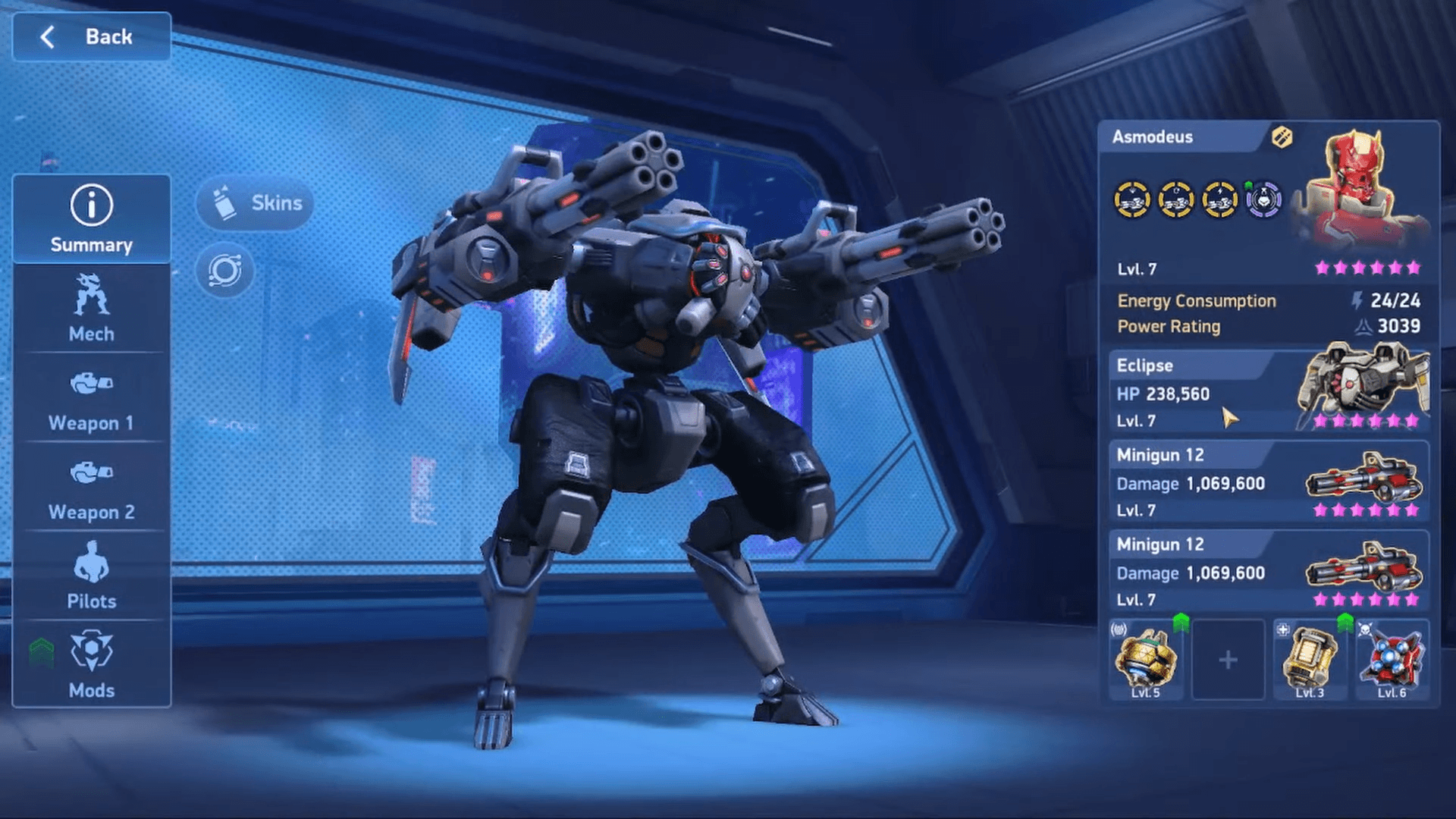
Common Mistakes in Hangar Building
One mistake is over-reliance on backline builds. They may feel safe but leave your team without map control. Another is skipping pushers or defenders, which almost guarantees losses in objective modes. Many players also overspend on assassins — they can eliminate threats quickly but collapse in drawn-out fights. The most successful hangars are always those with a blend of roles.
Hangar Adjustments by Game Mode
Hangar building is not one-size-fits-all. You should adapt based on the mode:
- In Control Point Clash, prioritize pushers and defenders for beacon control.
- In Team Deathmatch, focus on backline and damage dealers since beacons are irrelevant.
- In 2v2 Deathmatch, assassins shine, as fast eliminations win games.
- In Free-for-All, pushers and damage dealers dominate thanks to their ability to repeatedly secure kills.
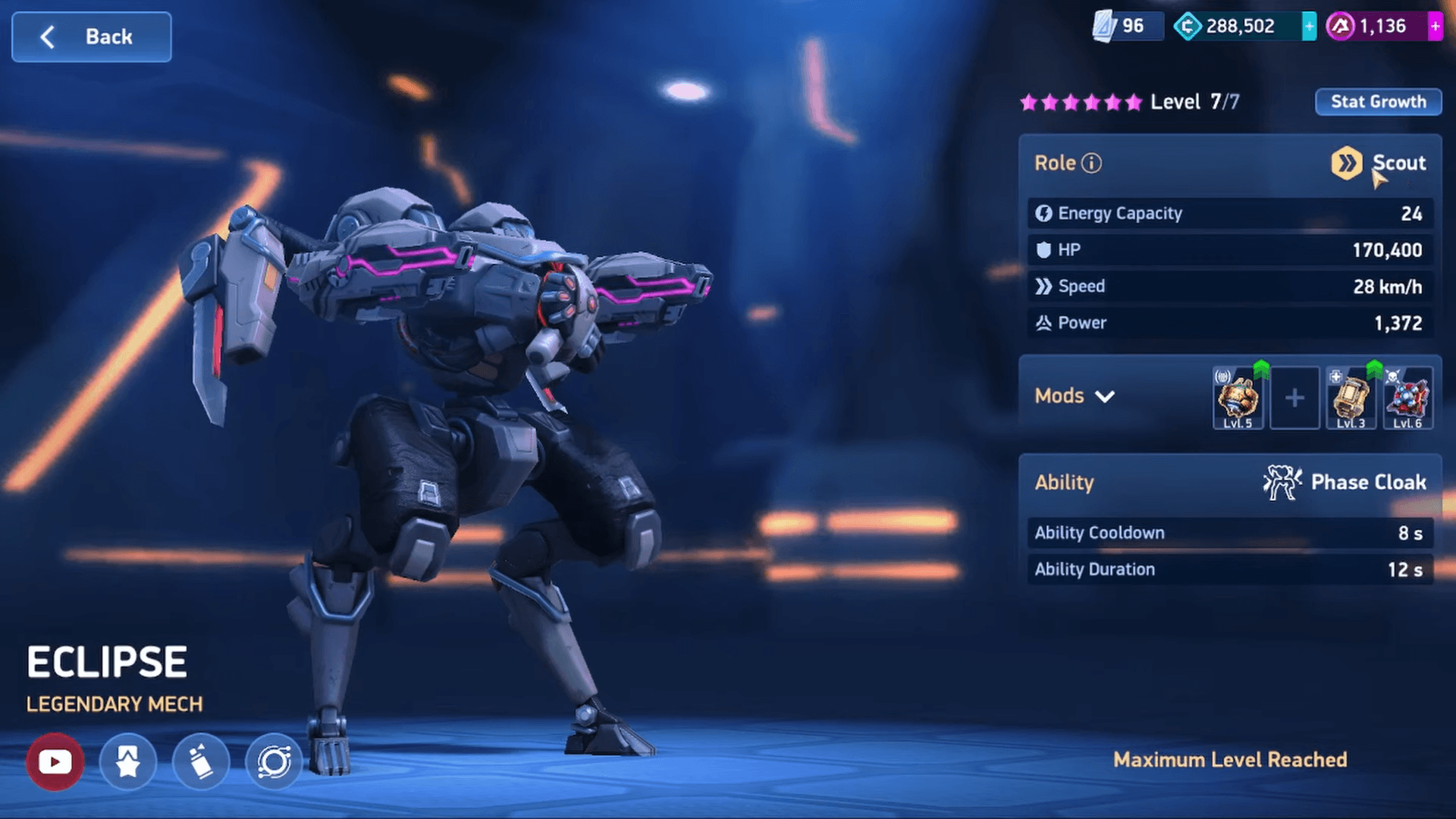
Example Competitive Hangars
Aggressive Hangar: Surge, Eclipse, Killshot, Orion, Hemlock — designed for nonstop pressure.
Defensive Hangar: Aegis, Panther, Nomad, Zephyr, Eclipse — built to hold ground.
Balanced Hangar: Surge, Aegis, Orion, Panther, Eclipse — effective for most solo players.
Your hangar in Mech Arena is more than a showcase of your strongest mechs — it is your strategy condensed into five units. A well-built hangar ensures you can push, defend, sustain damage, and adapt across modes. By understanding roles, avoiding common mistakes, and tailoring your lineup to each mode, you create a hangar that remains competitive against even the toughest opponents. For the best gaming experience, play Mech Arena on BlueStacks!
Keep progressing in Mech Arena – Shooting Game with our other in-depth guides.


